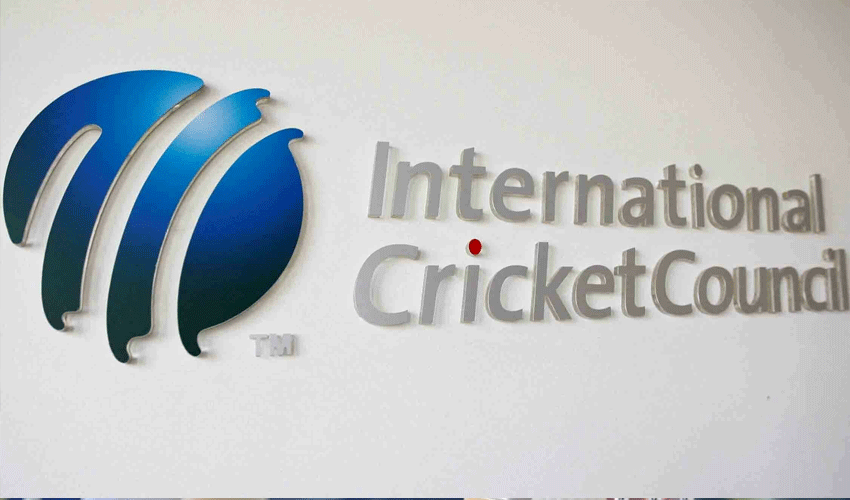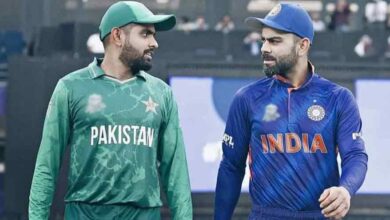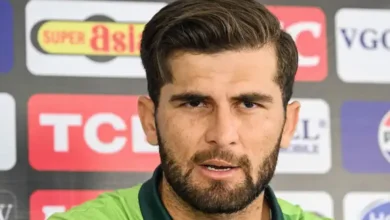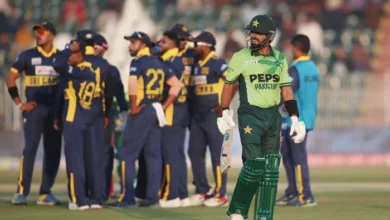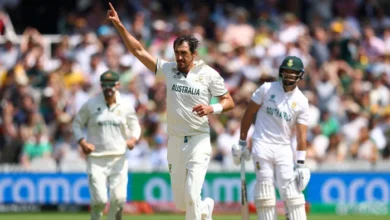The International Cricket Council (ICC) has introduced a series of significant rule changes across all formats of the game, aiming to enhance fairness, improve the pace of play, and address long-standing concerns regarding reviews and on-field decisions.
The updates, some of which have already been implemented during the ongoing 2025-27 World Test Championship (WTC) cycle, will take full effect in white-ball cricket from July 2.
The ICC has circulated the revised playing conditions among its member boards, with key modifications spanning DRS protocols, ball management, player replacements, and the handling of short runs.
Stop clock now in Test cricket
In a bid to tackle the issue of slow over rates, the ICC has extended the stop clock rule to Test cricket, following its implementation in ODIs and T20Is last year. As per the new regulation, fielding sides must be ready to commence a new over within 60 seconds of the previous over’s completion.
Teams will receive two warnings for delays, after which a five-run penalty will be imposed. The warnings will reset after every 80-over block. The stop clock is already in effect in the current WTC cycle.
Revised DRS protocol for secondary decisions
One of the most notable changes concerns the Decision Review System (DRS). Previously, if a batter was given out caught behind but the UltraEdge indicated pad contact only, the subsequent LBW review used a ‘not out’ default.
Under the revised protocol, the original decision will now be recorded as ‘out’ for the ball-tracking segment, even if the caught-behind appeal fails.
This means if the HawkEye tracker returns an ‘umpire’s call’ verdict, the batter will be deemed out, closing a long-debated loophole that offered undue advantage to the batter.
Combined reviews to follow chronological order
To bring greater transparency and consistency, the ICC has mandated that multiple incidents in a single delivery—such as an LBW followed by a run-out—be adjudicated in the order they occurred.
If the first incident results in a dismissal, any subsequent appeal will be deemed redundant as the ball would be considered dead at the point of the initial dismissal.
Fair catch review despite no-ball
Previously, once a delivery was called a no-ball, further review of a disputed catch was not entertained. Under the new rule, the third umpire must still assess the fairness of the catch. If the catch is clean, only one run is awarded for the no-ball. If not, runs completed by the batters will be credited.
New sanction on deliberate short runs
In a bid to deter gamesmanship, the ICC has enhanced penalties for deliberate short runs. Beyond the existing five-run penalty, umpires will now give the fielding captain the choice to decide which batter should face the next delivery.
The revised regulation defines a deliberate short run as one in which a batter intentionally avoids making their ground to steal an extra run.
Changes to ball-saliva rule
While the use of saliva on the ball remains banned, umpires are no longer required to immediately replace the ball if saliva is applied. The change aims to prevent teams from attempting to manipulate ball changes. Match officials now have the discretion to replace the ball only if its condition is visibly affected. If the ball is not altered but starts behaving unusually, the batting side will still be awarded five penalty runs.
Trial for full-time injury replacements in first-class cricket
In a progressive move towards player safety, the ICC will allow full-time, like-for-like player replacements in domestic first-class cricket, subject to a visible and serious external injury.
The replacement, similar to the concussion substitute rule, must be approved by the match officials after a thorough assessment. Minor injuries such as muscle strains will not qualify for this provision.

